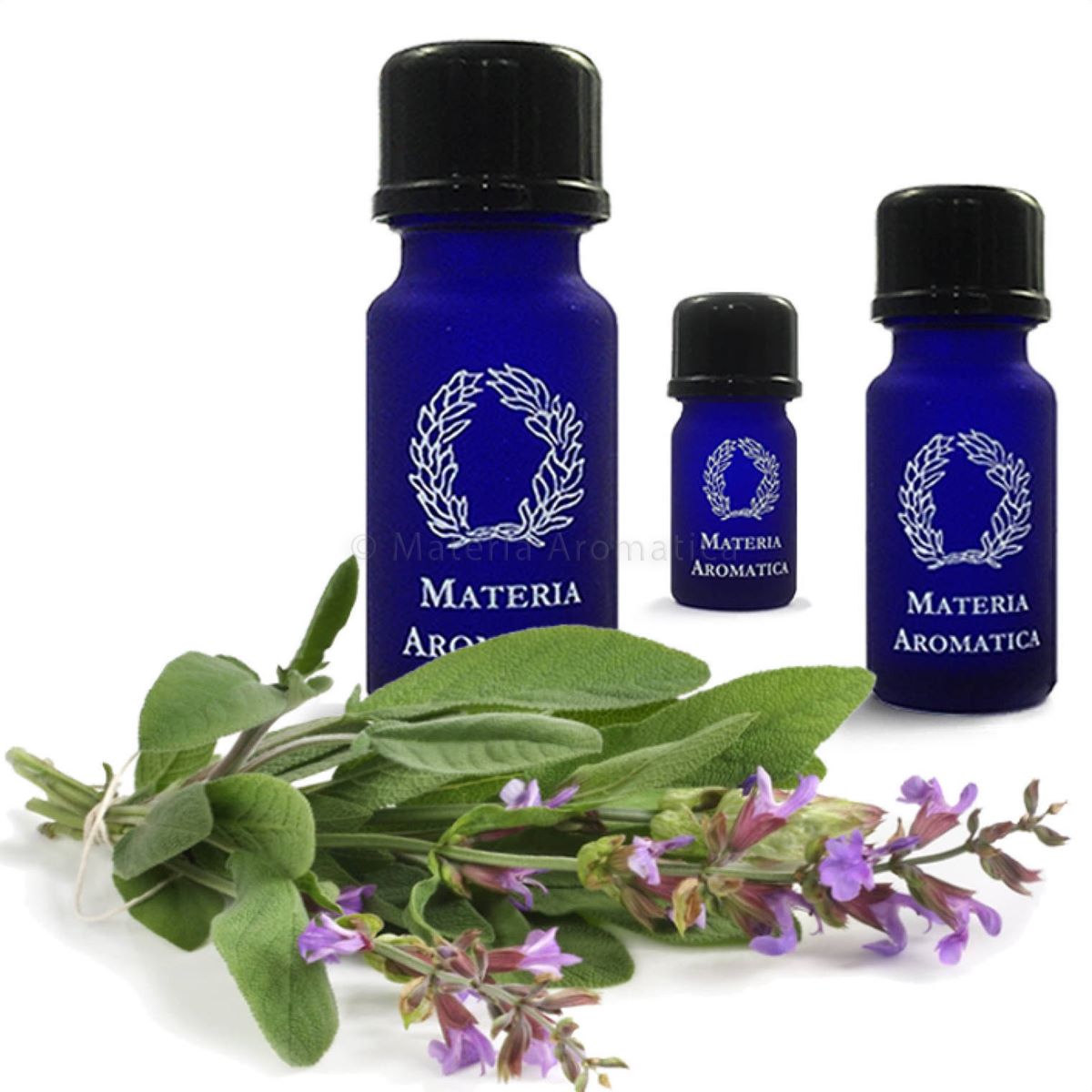

"Clary Sage Production in the Southeastern United States".
 ^ Rodale's Illustrated Encyclopedia of Herbs. ^ The Complete Herbal at Bibliomania, with link to entry for Clary, or More Properly Clear-Eye. "Celtic Provenance in Traditional Herbal Medicine of Medieval Wales and Classical Antiquity". ^ Wagner, Charles De Gezelle, Jillian Komarnytsky, Slavko (). Index of Garden Plants, 2nd American Edition. ^ a b c Clebsch, Betsy Barner, Carol D. ^ "Salvia sclarea (Clary Sage, Clear Eye, Europe Sage, Eyebright) | North Carolina Extension Gardener Plant Toolbox". In 16th-century Germany elderflower infused clary was added to Rhine wines to make a more potent varietal known as Muscatel. It was used as an ingredient in wine and beer production. This practice is noted by Nicholas Culpeper in his Complete Herbal (1653), who referred to the plant as "clear-eye". Ĭlary seeds have a mucilaginous coat, which is why some old herbals recommended placing a seed into the eye of someone with a foreign object in it so that it could adhere to the object and make it easy to remove. History ĭescriptions of medicinal use of the plant goes back to the writings of Theophrastus (4th century BCE), Dioscorides (1st century CE), and Pliny the Elder (1st century CE). sclarea 'Turkestanica' bears pink stems, petiolate leaves, and white, pink-flecked blossoms on spikes to 30 inches (76 cm) tall. The lilac or pale blue corolla is approximately 1 in (2.5 cm), with the lips held wide open. The flowers are in verticils, with 2-6 flowers in each verticil, and are held in large colorful bracts that range in color from pale mauve to lilac or white to pink with a pink mark on the edge. The upper leaf surface is rugose, and covered with glandular hairs. The leaves are approximately 1 ft (0.30 m) long at the base.
^ Rodale's Illustrated Encyclopedia of Herbs. ^ The Complete Herbal at Bibliomania, with link to entry for Clary, or More Properly Clear-Eye. "Celtic Provenance in Traditional Herbal Medicine of Medieval Wales and Classical Antiquity". ^ Wagner, Charles De Gezelle, Jillian Komarnytsky, Slavko (). Index of Garden Plants, 2nd American Edition. ^ a b c Clebsch, Betsy Barner, Carol D. ^ "Salvia sclarea (Clary Sage, Clear Eye, Europe Sage, Eyebright) | North Carolina Extension Gardener Plant Toolbox". In 16th-century Germany elderflower infused clary was added to Rhine wines to make a more potent varietal known as Muscatel. It was used as an ingredient in wine and beer production. This practice is noted by Nicholas Culpeper in his Complete Herbal (1653), who referred to the plant as "clear-eye". Ĭlary seeds have a mucilaginous coat, which is why some old herbals recommended placing a seed into the eye of someone with a foreign object in it so that it could adhere to the object and make it easy to remove. History ĭescriptions of medicinal use of the plant goes back to the writings of Theophrastus (4th century BCE), Dioscorides (1st century CE), and Pliny the Elder (1st century CE). sclarea 'Turkestanica' bears pink stems, petiolate leaves, and white, pink-flecked blossoms on spikes to 30 inches (76 cm) tall. The lilac or pale blue corolla is approximately 1 in (2.5 cm), with the lips held wide open. The flowers are in verticils, with 2-6 flowers in each verticil, and are held in large colorful bracts that range in color from pale mauve to lilac or white to pink with a pink mark on the edge. The upper leaf surface is rugose, and covered with glandular hairs. The leaves are approximately 1 ft (0.30 m) long at the base. 
Salvia sclarea reaches 3 to 4 ft (0.91 to 1.22 m) in height, with thick square stems that are covered in hairs. The plant has a lengthy history as an herb, and is currently grown for its essential oil. It is native to the northern Mediterranean Basin, along with some areas in north Africa and Central Asia. Salvia sclarea, the clary or clary sage, is a biennial or short-lived herbaceous perennial in the genus Salvia.







 0 kommentar(er)
0 kommentar(er)
